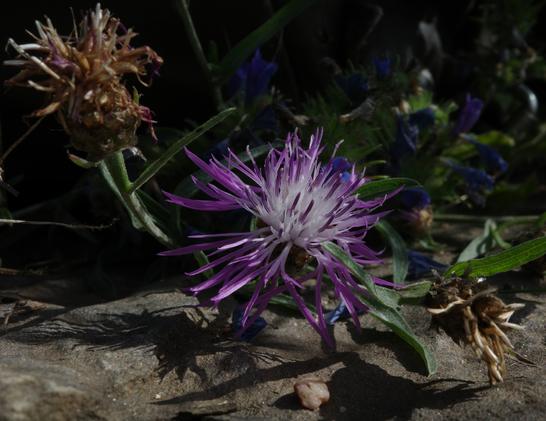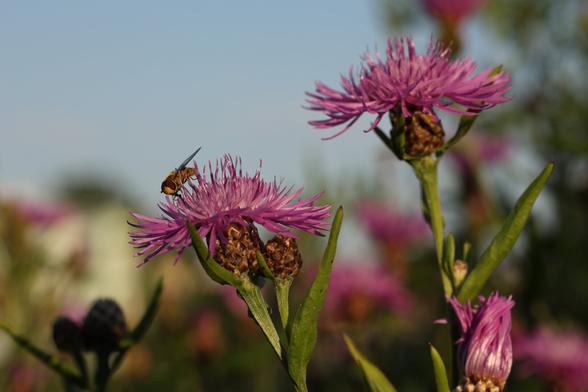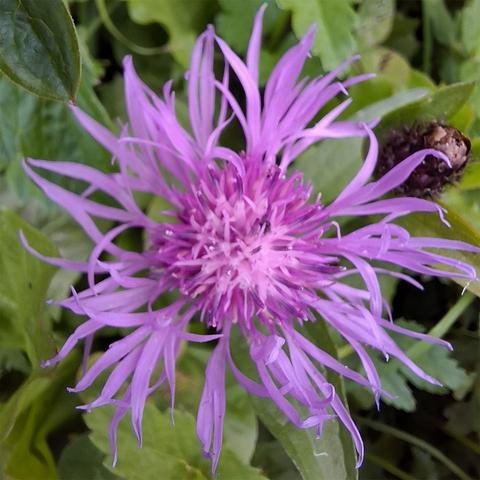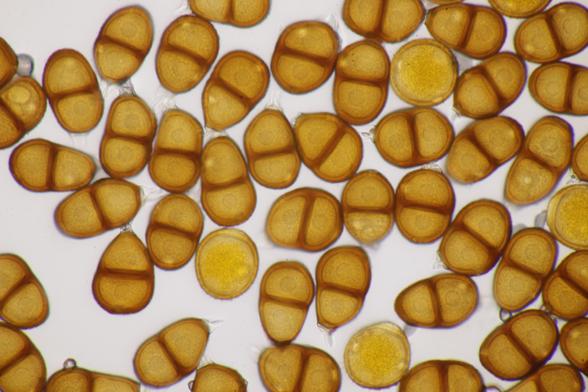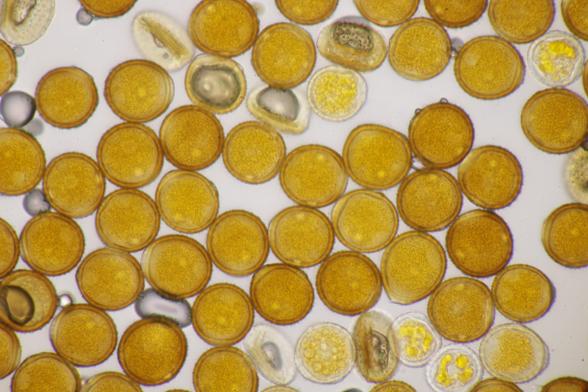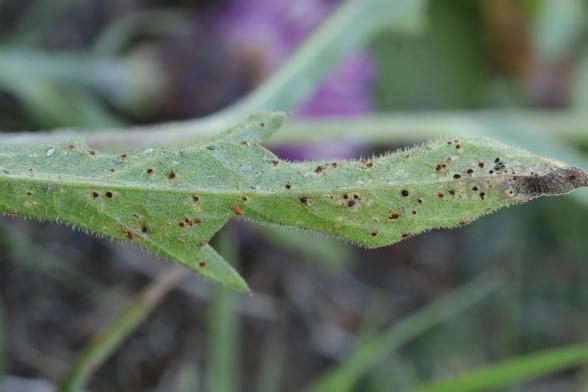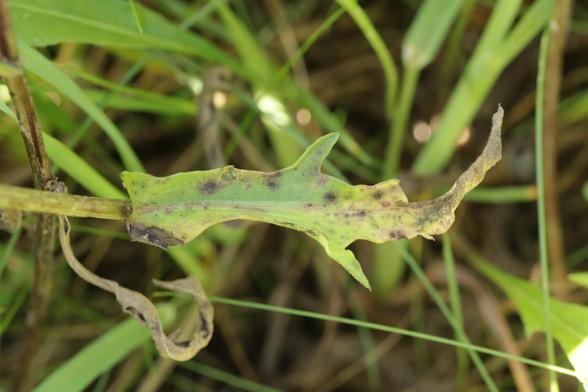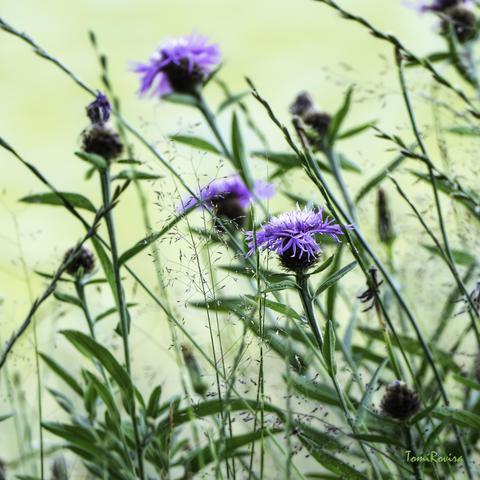Meadow knapweed (Centaurea jacea, sometimes referred to as Centaurea nervosa or in German Wiesen-Flockenblume) is a hardy perennial wildflower native to much of Europe. It thrives in sunny meadows, grassy field edges, and lightly managed grasslands. Recognizable by its vibrant pink to purple flower heads with ragged, thistle-like petals, it typically blooms from late spring through summer and occasionally into early autumn. Ecologically, Meadow knapweed plays a vital role in supporting biodiversity. It is an excellent nectar source for a wide range of pollinators, especially long-tongued bumblebees, solitary bees, butterflies, and hoverflies. Its long blooming period ensures that pollinators have a steady food supply well into the summer. In addition, it provides habitat and food for the larvae of certain moth and butterfly species, contributing to the lifecycles of these insects. The plant’s adaptability and resilience also make it a valuable component of wildflower meadows, where it helps stabilize plant communities and enrich the ecosystem. As such, Meadow knapweed is an important species for anyone aiming to create or preserve pollinator-friendly environments.
#pinkflower #flower #meadow #wildflower #knapweed #centaureajacea #centaureanervosa #wiesenflockenblume #flockenblume